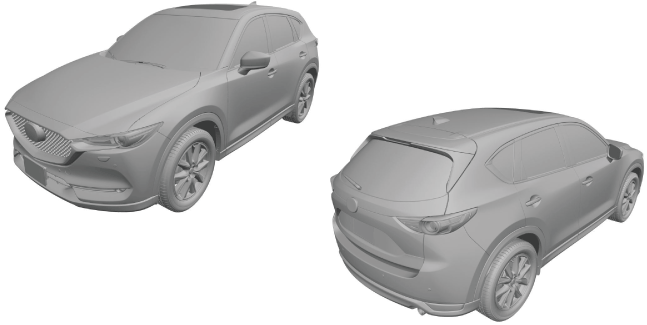 |
ac5wzn00004587
AIM OF DEVELOPMENT
id000000011500
Vehicle Outline
Exterior design
ac5wzn00004587
|
Interior design
ac5wzn00004588
|
Engine
ac5uun00003733
|
ac5wzn00005507
|
Suspension
ac5uun00002744
|
2WD
ac5uun00000310
|
4WD
ac5uun00000311
|
Driveline/Axle
Brakes
Vehicle front side (L.H.D.)
ac5wzn00005281
|
Vehicle front side (R.H.D.)
ac5wzn00005282
|
Vehicle rear side
ac5uun00002720
|
Vehicle front side (L.H.D.)
ac5wzn00005437
|
Vehicle front side (R.H.D.)
ac5wzn00005438
|
Vehicle rear side
ac5wzn00004818
|
Transmission/Transaxle
am3uun00001754
|
am6zzn00002618
|
am3uun00002419
|
ac5jjn00001299
|
Steering
L.H.D.
ac5wzn00005290
|
R.H.D.
ac5wzn00005291
|
Safety
Driver's support